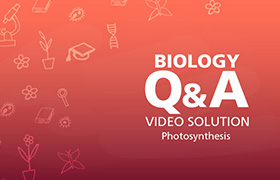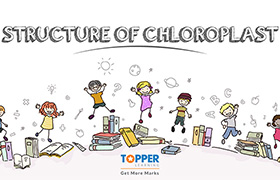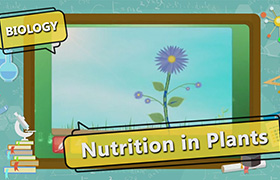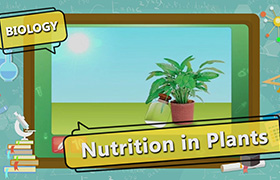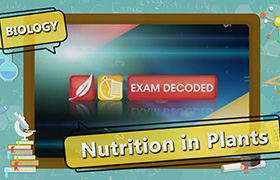CBSE Class 10 Answered
if chlorophyll is required for photosynthesis then how does bacteria prepare its own food
Asked by rc822828 | 16 Apr, 2020, 12:48: PM
Bacteria can produce their own food in the following ways-
- The first way bacteria can obtain food is via photosynthesis. Like plants, many bacteria contain chloroplasts or blue-green pigments, which means they can photosynthesize and thus create their own food by absorbing sunlight. Because these bacteria can create their own energy, they are classified as autotrophs.
- The second way bacteria can obtain food is through chemosynthesis, of which there are two types: Autotrophic chemosynthesis, and heterotrophic chemosynthesis.
- Chemotropic autotrophs are bacteria which gain energy by breaking down inorganic molecules and chemical compounds in their environment, such as sulfides or ammonia, and are important for cycling nitrogen through the ecosystem.
- Chemotrophic heterotrophs, or decomposers, are bacteria which gain energy by breaking down organic substances. This includes waste products, dead organic matter and other organic compounds. These bacteria are vital for making sure certain elements and minerals cycle through the ecosystem so that life can continue.
Answered by Sheetal Kolte | 16 Apr, 2020, 19:44: PM
Application Videos
Concept Videos
CBSE 10 - Biology
Asked by nsvramanaramana | 27 Jun, 2024, 18:54: PM
CBSE 10 - Biology
Asked by chaudharykavya508 | 17 May, 2024, 17:20: PM
CBSE 10 - Biology
Asked by bgmigaurav7318 | 08 Apr, 2024, 13:46: PM
CBSE 10 - Biology
Asked by teacher_yourschool | 29 Apr, 2023, 13:57: PM
CBSE 10 - Biology
Asked by max12342732k | 06 Jan, 2023, 21:49: PM
CBSE 10 - Biology
Asked by topperlearningforcontent | 09 Jun, 2022, 13:14: PM
CBSE 10 - Biology
Asked by topperlearningforcontent | 09 Jun, 2022, 12:46: PM
CBSE 10 - Biology
Asked by priyankakiran2017 | 17 May, 2022, 21:00: PM
CBSE 10 - Biology
Asked by ashokkumartripathy | 09 May, 2022, 16:31: PM

